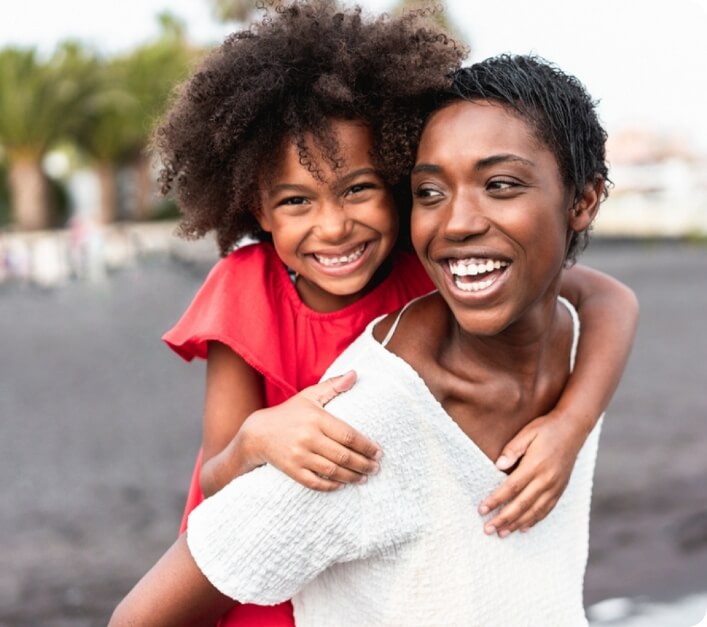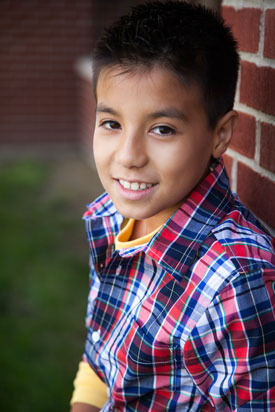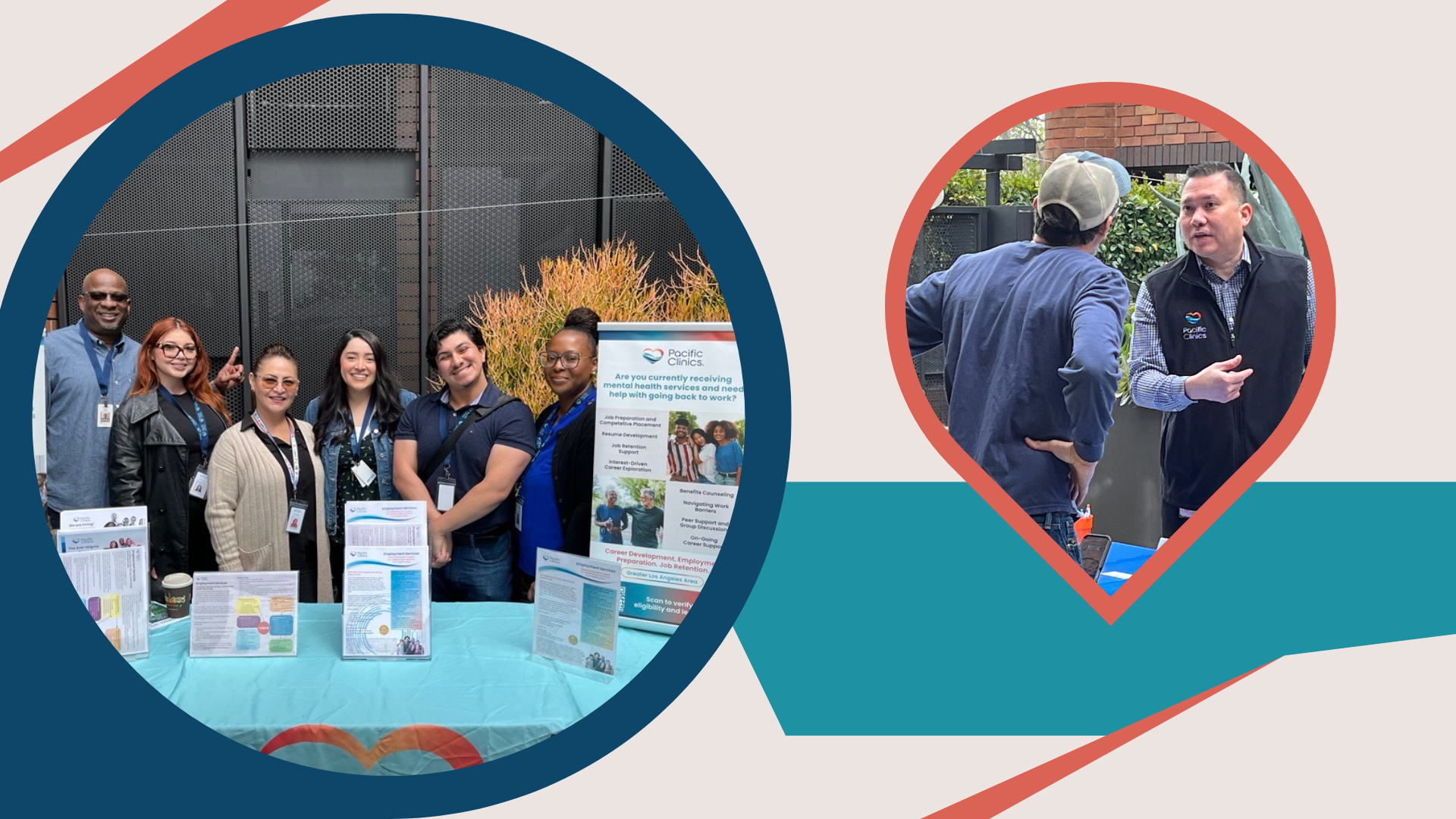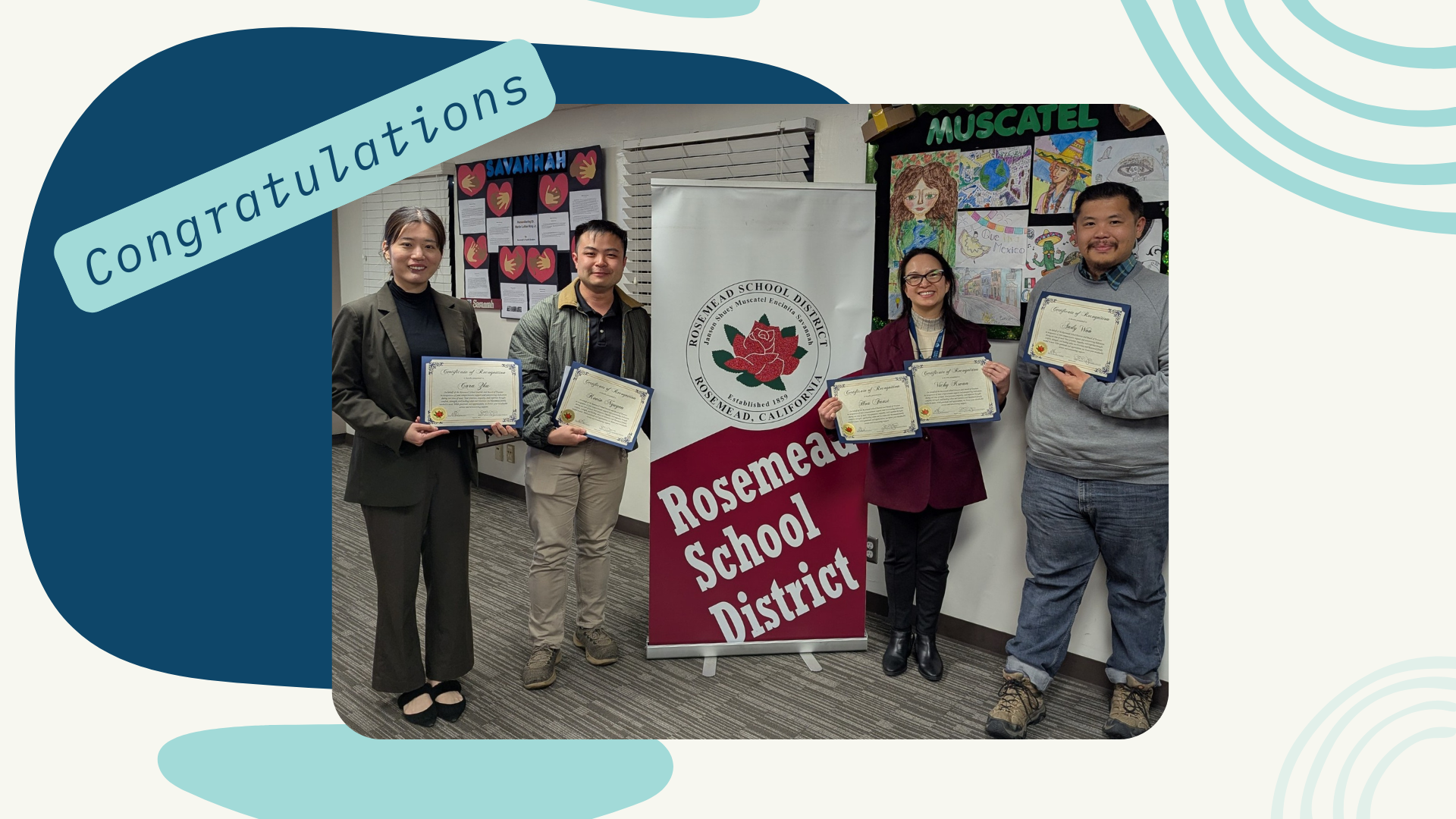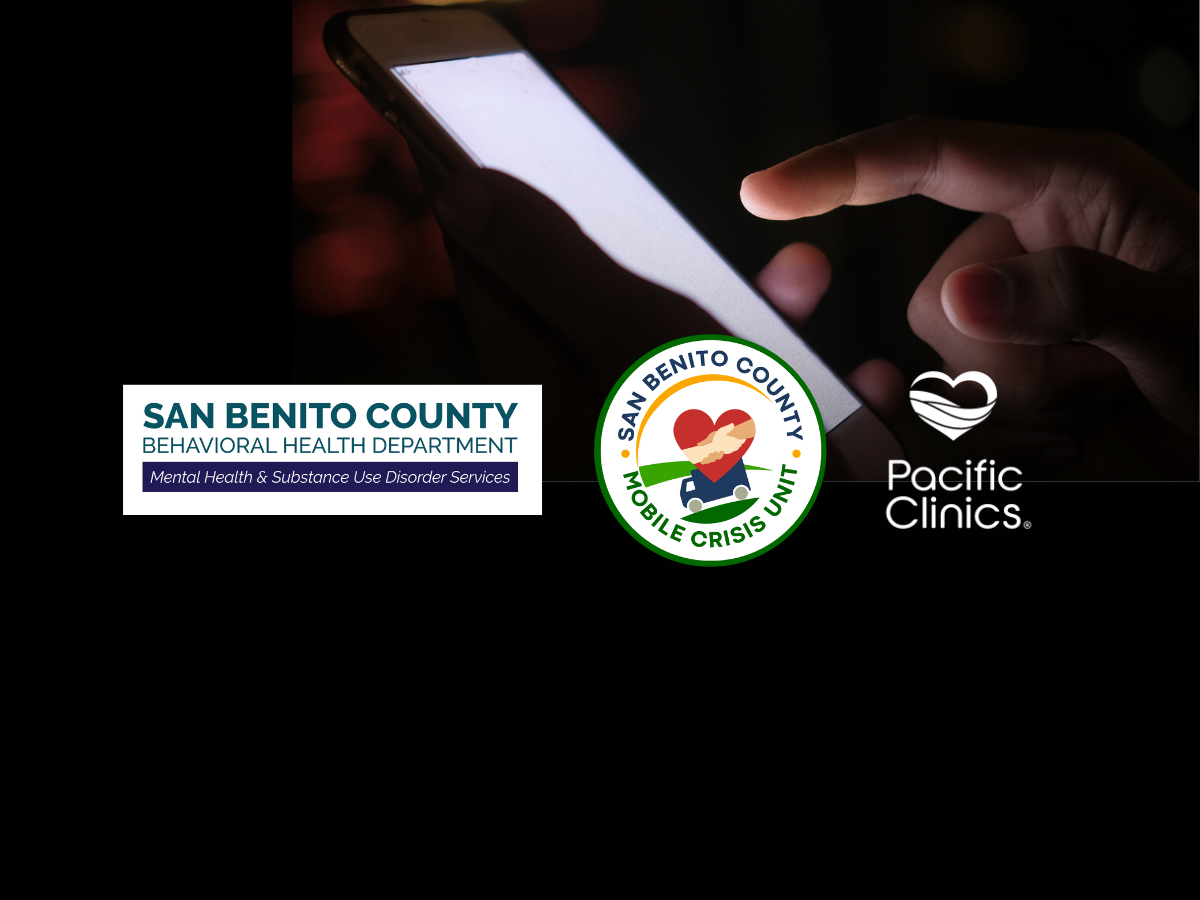David was wearing khaki pants, clean white tennis shoes, and a freshly pressed white t-shirt neatly tucked into his pants when he and Samantha first met. He spoke softly and politely, looked at the floor and called her “ma’am.”
At 14 years old, David lived in a therapeutic juvenile probation facility, already having spent many of his young days behind bars. Before that, he was moved from foster home to foster home after being separated from his birth mother.
David is one of a growing number of young people needing assistance from the Family Search and Engagement (FSE) program of EMQ FamiliesFirst. After years of trauma, grief and loss, many former foster youth end up involved in the juvenile justice system. They find themselves even more displaced, disconnected and hopeless.
Samantha, who is the clinical program manager for FSE, asked where he saw himself in the next five years. David put his face in his hands and reflected on the choices he had made and the ones ahead. He took a deep breath and said, “Well, my brother is locked up. If I can’t find anyone who cares about me on the outside, at least I know that on the inside I have family. But, man…I don’t know. I can’t even imagine being around in five years, ma’am.”
David’s probation officer had contacted Samantha and FSE because David was due to be released from protective custody. He’d served his time and been a model resident. But if David could find nowhere to live, he’d be sent back to juvenile hall—and a cell—for many months to wait for an opening at a group home. The wait list was long.
At that time his parents were not an option, so Samantha located the foster mother who David had lived with the longest. She’s now living out of state but sent photos and videos of David “being a kid,” and a card on his birthday. She helped reconstruct for him a childhood that he’d nearly forgotten.
Later on, David’s mother came forward, having her own story of damage and suffering that resulted in their separation. She began participating in family therapy and visiting him for the first time since he was placed in out-of-home care. The last time Samantha saw David, he spoke more about life “on the outside,” imagining for the first time a future that didn’t end in incarceration.



